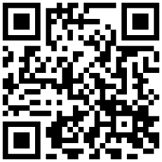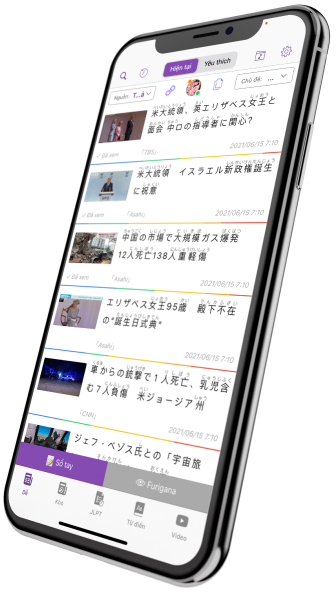
個 Likes the counter 〜つ but slightly less useful (only slightly).
The Japanese counter 個 (こ/ko) is an incredibly useful counter that can count a wide variety of items that have a clear boundary. While the kanji 箇 was previously used to convey the same meaning, 個 has become the preferred option in modern Japanese.
It's worth noting that, although it may be slightly less versatile, 個 is still quite useful and similar in function to the 〜つ counter. There is some overlap between the two, so we suggest that you also familiarize yourself with the 〜つ counter after completing this lesson.
|
Numeral |
Japanese |
Reading 1 |
|
1 |
一個 |
いっこ |
|
2 |
二個 |
にこ |
|
3 |
三個 |
さんこ |
|
4 |
四個 |
よんこ |
|
5 |
五個 |
ごこ |
|
6 |
六個 |
ろっこ |
|
7 |
七個 |
ななこ (しちこ) |
|
8 |
八個 |
はちこ/はっこ |
|
9 |
九個 |
きゅうこ |
|
10 |
十個 |
じゅっこ (じっこ) |
|
11 |
十一個 |
じゅういっこ |
|
12 |
十二個 |
じゅうにこ |
|
100 |
百個 |
ひゃっこ |
|
1,000 |
千個 |
せんこ |
|
10,000 |
一万個 |
いちまんこ |
|
How many |
何個 |
なんこ |
1. THREE-DIMENSIONAL THINGS
Things that have a three-dimensional shape can be counted with 個, you can use 〜つ in these situations, too, depending on your preference.
E.g.
-
パンを二個食べた。(I ate two servings of bread.)
-
コウイチはどうしてメガネを二個かけてるの?(Why does Koichi wear two pairs of glasses?)
2. EMPTY THINGS
In Japanese, containers of different shapes often have different counters: soda cans, for example, are counted using 本 (ほん)and tuna cans using 缶 (かん). When these containers are empty, however, people will often use 個 to count them instead.
E.g.
-
If a couple of fruit crates were filled with oranges, you would count them with 箱: みかんを2箱送りました。(I shipped two boxes of oranges.)
-
If the boxes were empty, you'd tend to use 個 instead: そこには空のダンボール箱が2個置いてあった。(There were two empty cardboard boxes left there.)
3. GIGANTIC THINGS
個 is used for really big things, such as planets or meteorites and smaller really big things, such as clouds, typhoons, and tornadoes. (More formal than 〜つ).
E.g.
-
一個の大きな隕石が地球に向かっている。(A big meteorite is heading toward Earth.)
-
新しい惑星が2個発見された。(Two new planets were discovered.)
4. TINY, TINY THINGS
Such as cells, viruses, or bacteria, tend to be counted with 個.
E.g.
-
人間の体には、約37兆個の細胞があります。(There are about 37,000,000,000,000 cells in the human body.)
-
1m2あたりに何個ぐらいの花粉が飛んでると思う?(How many individual grains of pollen do you think are flying around in one square meter?)
5. THINGS WITHOUT DEFINITE SHAPES
個 is used for things whose shapes are not easy to distinguish—things such as shadows or stains.
E.g.
-
青アザが三個も足にある。(I got three bruises on my leg.
-
駐車場に水たまりが五個あった。(There are five puddles in the parking lot.)
6. NUMBER OF ORDERS
When you place a food order, for example, you can use either 個 or 〜つ.
E.g.
-
ホットドッグ三個もらえますか?(Can I get three hot dogs?)
-
枝豆三個と冷奴二個ください。(Three edamame and two cold tofu, please.)
7. AGE DIFFERENCES
You can also count the age difference in years between people using both 個 and 〜つ. You can't use 個 to count the actual age of someone—only the difference between two people's ages. Be careful!
E.g.
-
私は5個上の人と結婚しました。(I married someone who is five years older than me.)
-
三個下とは思えないぐらい大人びている。(She is so mature, it's hard to believe she is three years younger than me.)
If you want to know more about 〜つ and other counters for people, and animals… follow TODAI Japanese now!
👉 Follow TODAI Japanese to learn Japanese better and know more about the latest information!










Login to comment